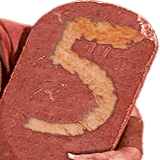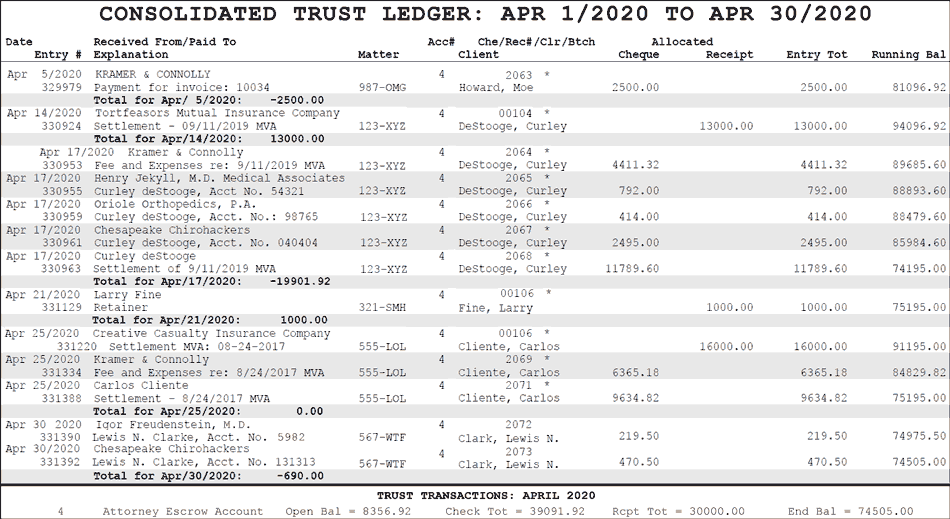
To keep track of your trust account, you must maintain a chronological ledger of:
➤ All Deposits - showing the date of each deposit, the amount, the identity of the client or third person for whom the funds were deposited, and the purpose of the deposit;
➤ All Disbursements - showing the date of each disbursement, the amount, the payee, the identity of the client or third person for whom the disbursement was made (if not the payee), and the purpose of the disbursement. For each disbursement made by electronic transfer, you must maintain a written memorandum authorizing the transaction and identifying the attorney responsible for the transaction.
The trust ledger displays all activity on the account, including deposits, disbursements, checks, payees and the clients and matters to which they pertain. You must reconcile this data with the statements you receive from your bank on a monthly basis. If you want to avoid overdrafts and other errors that catch the attention of Bar Counsel, this is indispensable.
